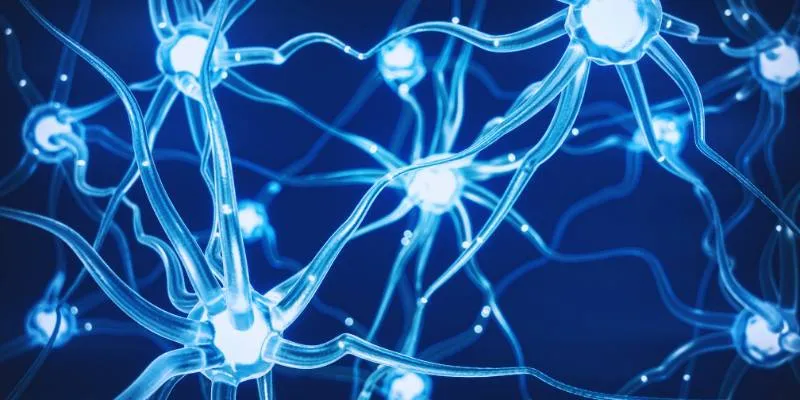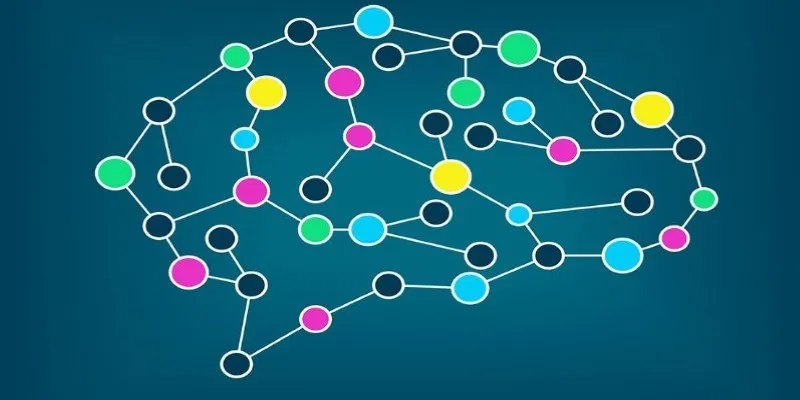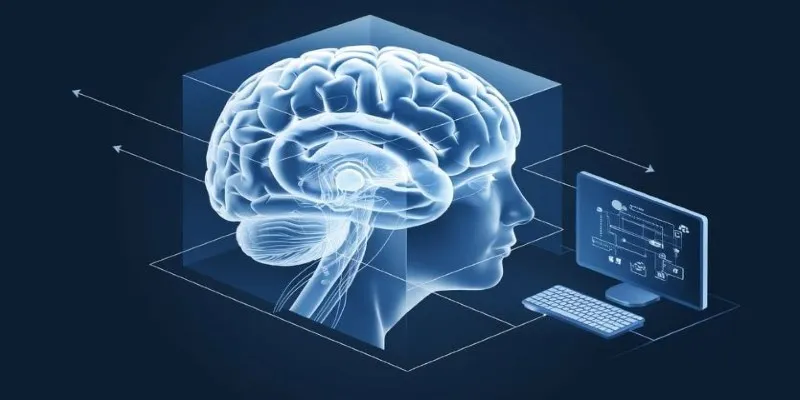In the realm of artificial intelligence, activation functions serve as the decision-makers within neural networks. They determine whether a neuron should activate based on the provided input, enabling AI models to process information, recognize patterns, and make predictions. Without activation functions, a neural network would merely pass raw data forward like a rudimentary mathematical model.
Activation functions are crucial for deep learning because they introduce non- linearity. Various activation functions, such as ReLU, sigmoid, tanh, and softmax, are used for specific purposes. Selecting the right one significantly impacts a model’s learning and performance. If you’re eager to understand activation functions, their types, and their significance, keep reading!

Understanding Activation Functions
Activation functions help neural networks decide whether a neuron should be turned on or off based on input. By applying mathematical principles, they determine if an input is crucial for making predictions. If deemed important, the neuron activates and transmits information forward. Similar to the human brain, a neuron receives signals and responds if the signal is strong enough.
In a neural network, each node receives inputs, processes them, and decides whether to pass the information to the next layer. The primary role of an activation function is to process the input from a neuron and convert it into an output. This output is then sent to the next layer or used as the final result.

Types of Activation Functions
Let’s explore some commonly used activation functions in neural networks to gain a better understanding of their operation. The three most popular types are:
- Binary Step Function: This function determines if a neuron should activate based on a set threshold. If the input exceeds the threshold, the neuron activates; otherwise, it remains inactive. However, this function only provides two possible outputs, making it unsuitable for multi-class classification. It also doesn’t work well with optimization algorithms, complicating the training process.
- Linear Activation Function: Known as the identity function, this activation function outputs the input as it is, without changes. However, it has two major drawbacks. It cannot be used with backpropagation because its derivative is constant, causing layers to collapse into one. Consequently, regardless of the number of layers, the network behaves like a single-layer model.
- Non-Linear Activation Functions: These are the most commonly used activation functions due to their versatility. Below are different types of non-linear activation functions:
- Sigmoid Activation Function: Characterized by an S-shaped curve, it is defined by the formula A = 1 / (1 + e-x). It produces smooth and continuous outputs, beneficial for optimization. The output ranges between 0 and 1, making it ideal for binary classification. When input values are between -2 and 2, small changes can lead to significant output variations.
- Tanh Function: Similar to the sigmoid function but stretched along the y-axis, it is defined as tanh(x) = (2 / (1 + e-2x)) - 1. Its output ranges from -1 to 1, making it suitable for handling complex data patterns. Being zero-centered, it aids neural networks in learning more efficiently and is commonly used in hidden layers of deep learning models.
- ReLU (Rectified Linear Unit) Function: Defined as A(x) = max(0, x), it returns x if the input is positive and zero if negative. The output ranges from 0 to infinity, making it effective for complex patterns. It is faster and more efficient than sigmoid and tanh due to its simple calculations.
- Softmax Function: Used for multi-class classification, it converts raw output scores from a neural network into probabilities that sum up to 1. It adjusts each class’s values to fall between 0 and 1, simplifying the determination of the most likely class for an input.
The Importance of Activation Functions
Activation functions are vital because they enable neural networks to comprehend complex patterns in data. Most activation functions are non-linear, allowing the network to learn relationships that are not straightforward. For instance, when processing an image, a neural network must recognize different shapes and patterns. Without non-linear activation functions, the network could only learn simple relationships, struggling with real-world problems involving complex patterns.
Additionally, activation functions help adjust input values to a range that simplifies training. Data can manifest in various forms, and activation functions transform this diversity into a known range. This transformation facilitates accurate information processing, aiding in classification, content generation, or decision-making by AI. Activation functions empower neural networks to solve advanced problems and make precise predictions, even in complex scenarios. Without them, neural networks would be incapable of meaningful learning.
Choosing the Right Activation Function
When training a neural network, it’s generally best to start with ReLU due to its effectiveness in many tasks. However, specific models may require sigmoid or tanh instead. ReLU is optimal for hidden layers, promoting efficient learning. Conversely, sigmoid and tanh should be avoided in hidden layers as they can cause the vanishing gradient problem, complicating training. The appropriate activation function for the output layer depends on the problem type:
- Regression: Use a linear activation function for direct prediction outputs.
- Binary Classification: Use sigmoid, which maps values between 0 and 1, ideal for distinguishing between two classes.
- Multi-Class Classification: Use softmax, which assigns probabilities to multiple classes, ensuring they add up to 1.
- Multi-Label Classification: Use sigmoid, allowing independent predictions for multiple labels.
Conclusion
Activation functions are integral to artificial intelligence and deep learning, enabling neural networks to process data, recognize patterns, and make accurate predictions. Without activation functions, AI models would fail to learn or tackle real-world challenges. The choice of activation function varies based on the task at hand, emphasizing their critical role in AI and deep learning.
 zfn9
zfn9























